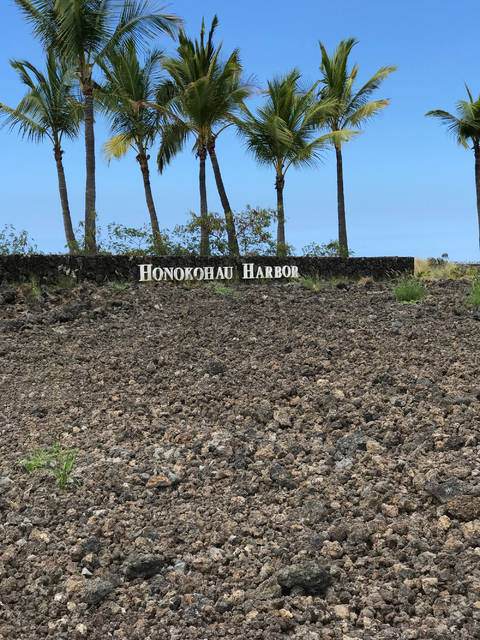Most visitors to our islands are fascinated by the beauty of our gardens. They usually rave about the palms especially the coconut palms. There are literally hundreds of palms species here that most folks find hard to identify unless they are members of the International Palm Society.
All the flowering trees like the royal poinciana, rainbow showers and African tulip immediately catch their attention. Hibiscus, bird of paradise, bougainvillea, heliconia, orchids and anthurium species grow in abundance. Then there are the fragrant plumeria, angel trumpets, puakenkene, gingers, jasmines, gardenias and many more combined with warmth and humidity to sweeten the air. Let us not forget the Hawaiian fruits and nuts like the mango, banana, papaya, avocado, litchi, macadamia, rambutan, guanabana, cherimoya, mountain apple, guava, coffee, pineapple and citrus species. Luckily, we have plant societies and University of Hawaii Master Gardeners that can help us learn more about the myriad of plant species found here. Our Hawaiian gardens represent many diverse cultures with which we share our lives. Many plants we associate with Hawaii were introduced in the last 200 years.
What was it like for the first Polynesian pioneers who found and developed these islands? Plants found by the first people were endemic — that is, they evolved here and could not be found anywhere else in the world. Another group of plants were the indigenous species. Indigenous means they were found here before human inhabitants, but were also found in other regions like Naupaka, Kou and Milo that grow all through the coastal tropical Pacific. Indigenous and endemic species are considered native. There weren’t many food and fiber plants until the Polynesians brought what we call the canoe plants. These were the first exotic, non-native species and include the coconut, breadfruit, banana, sugar cane, kukui nut, sweet potato, noni, turmeric and may others.
The forests in those earliest days of human activity were very different than when Captain Cook arrived. What is now pasture used to be forests. Trees like loulu palms flourished in abundance, but it wasn’t long before the introduction of pigs and rats radically changed things. We have no real clear records of that time, but throughout Polynesia, it is obvious that humans and the animals and plants humans brought with them have had a tremendous impact on the species that evolved on the many isolated islands of Pacifica. Today, erosion is a big problem on most high islands and the rising ocean is swallowing low atolls that have been the homes of islanders for thousands of years.
We have a wide variety of plants both native and introduced by many different cultures. By keeping the lush vegetation an integral part of our communities, we actually do our part to fight pollution and make life more enjoyable. As individuals, one of the easiest ways to decrease the carbon dioxide levels in the atmosphere is to plant trees. There are a number of trees that can help accomplish this purpose. Among the best are natives like the loulu palms, ohia, hala, wiliwili, hoawa, alahee and aalii. Other plants, such as the beach and mountain naupaka, are attractive to many birds and also make good ornamentals for a garden. Flowers of the ohia, koa, hau, milo and mamane may even attract some native nectar feeding birds like iiwi, amakihi, apapane, and elepaio.
The hala tree is another tree of interest and beauty. Lauhala or leaf of the pandanus plant has probably been used for thousands of years by the Polynesians. Not only are the leaves used for walls, floor mats, and thatched roofs but modern Polynesians weave purses, shopping bags and hats. Even the parts of the fruit, which resembles a pineapple, were eaten during periods of food shortage. Today, island campers will use the fibrous segments as a toothbrush. The Pandanus family, closely related to palms, is found throughout the old world tropics. There are hundreds of species, from miniature shrubs to large trees. Most pandans may be distinguished by their aerial roots. These roots give them the common name of “walking trees.” Here in Hawaii, we have two common native species. The puhala, Pandanus odoratissimus, is found along many coastal areas. The mountain ieie, Frecynetia Arnotti, is found climbing vine-like up ohia trees in mauka forests, sometimes 80 feet or more.
Many native and introduced trees can be used to beautify island roads because they are tough and adaptable. Remember that our gardens can and should reflect the best of the Hawaiian culture. At the same time recognizing that the Polynesian migrations around the Pacific evolved as time and the environment demanded. Thus Maori, Samoan, Tongan, Marquesan, Tahitian, Asian, European and maybe even South American influences are also part of the saga of Hawaii and have a prominent place in our gardens.



